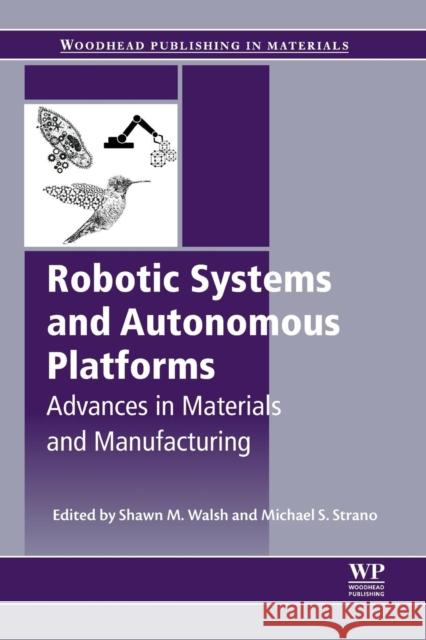Robotic Systems and Autonomous Platforms: Advances in Materials and Manufacturing » książka
topmenu
Robotic Systems and Autonomous Platforms: Advances in Materials and Manufacturing
ISBN-13: 9780081022603 / Angielski / Miękka / 2018 / 603 str.
Robotic Systems and Autonomous Platforms: Advances in Materials and Manufacturing
ISBN-13: 9780081022603 / Angielski / Miękka / 2018 / 603 str.
cena 1233,66
(netto: 1174,91 VAT: 5%)
Najniższa cena z 30 dni: 1231,11
(netto: 1174,91 VAT: 5%)
Najniższa cena z 30 dni: 1231,11
Termin realizacji zamówienia:
ok. 30 dni roboczych
Bez gwarancji dostawy przed świętami
ok. 30 dni roboczych
Bez gwarancji dostawy przed świętami
Darmowa dostawa!
Kategorie:
Kategorie BISAC:
Wydawca:
Woodhead Publishing
Seria wydawnicza:
Język:
Angielski
ISBN-13:
9780081022603
Rok wydania:
2018
Numer serii:
000324243
Ilość stron:
603
Waga:
0.79 kg
Wymiary:
22.91 x 15.19 x 3.1
Oprawa:
Miękka
Wolumenów:
01











